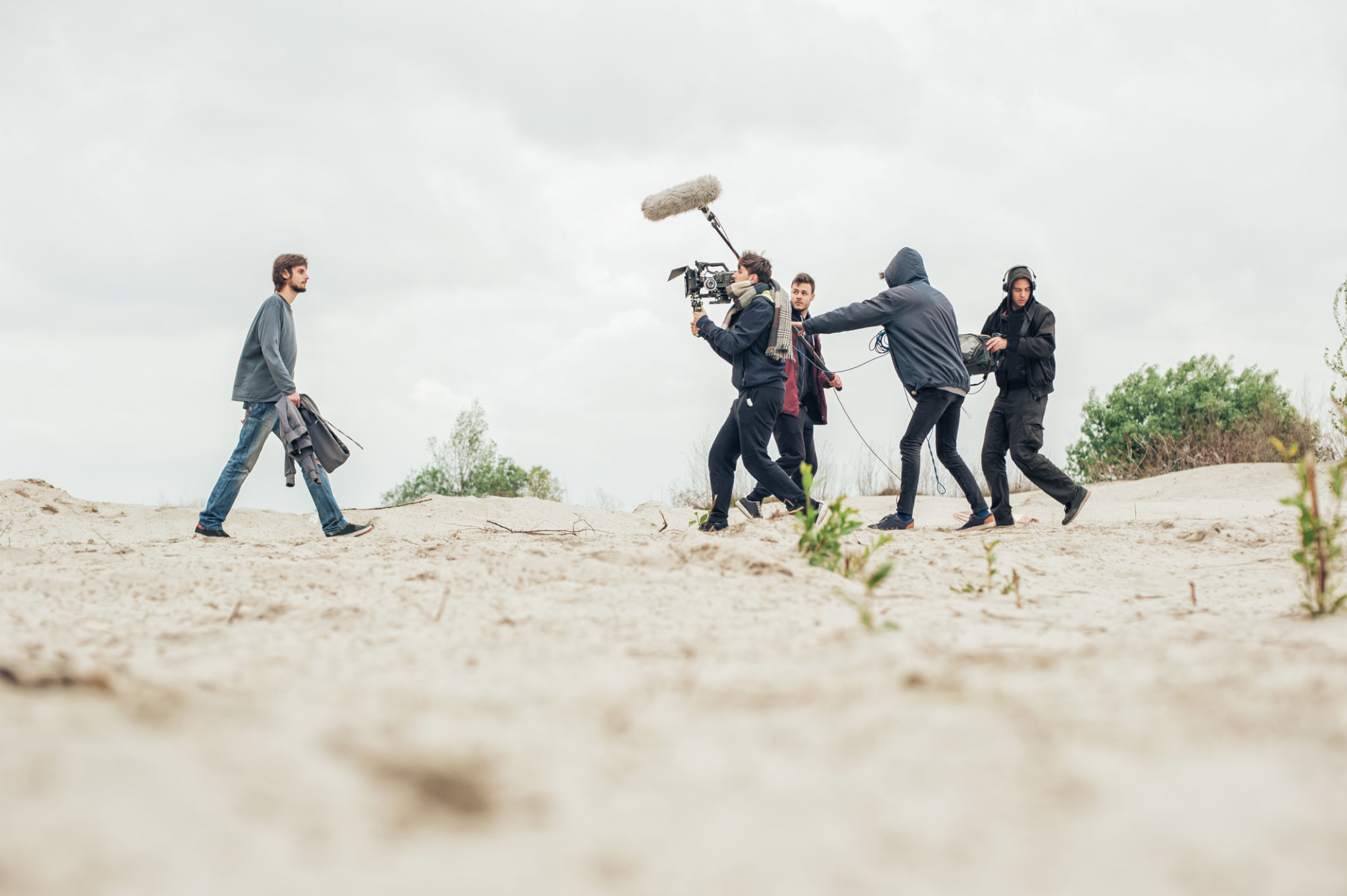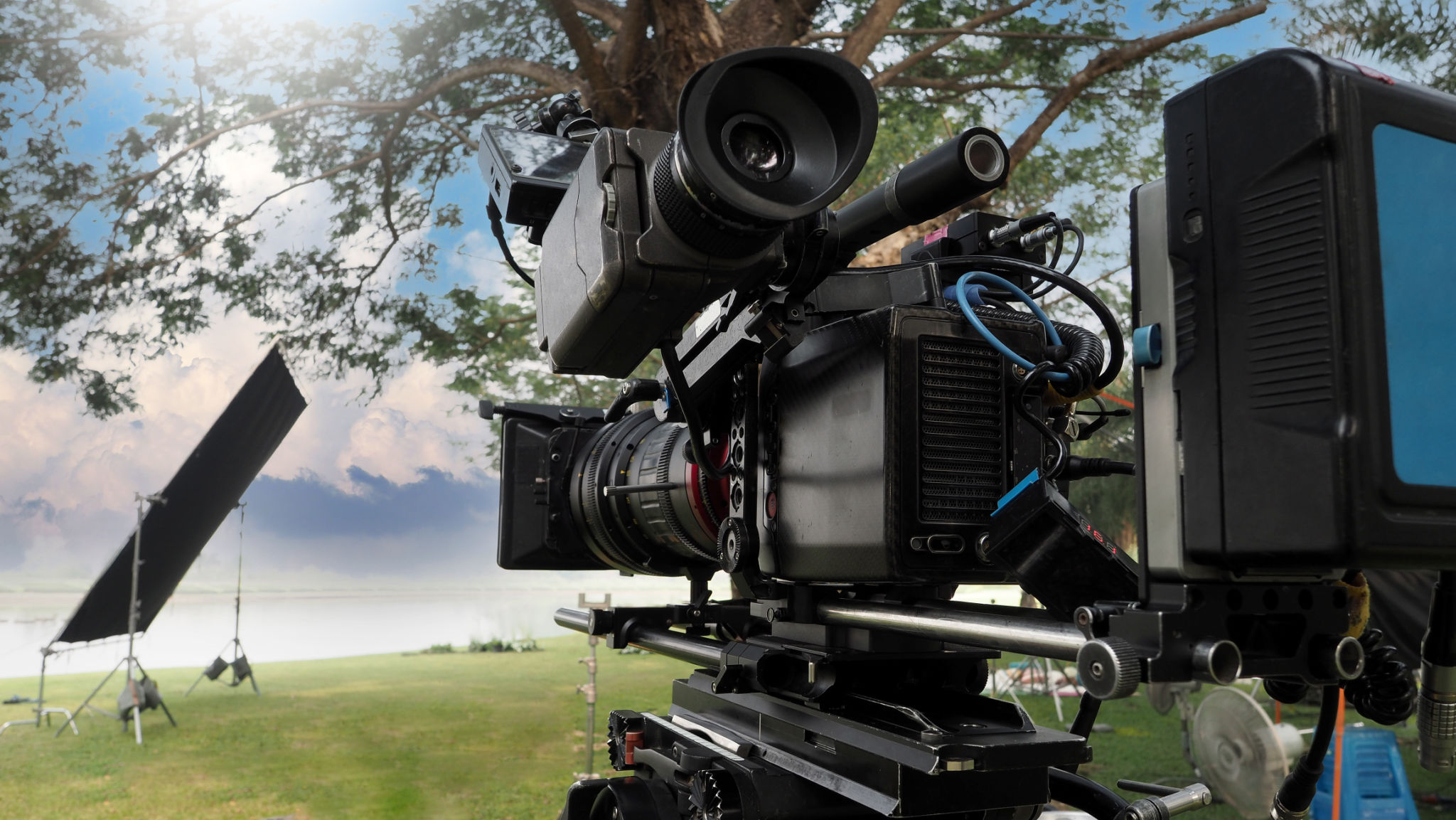Exploring the Impact of Location on Film Production: Challenges and Opportunities
Understanding the Role of Location in Film Production
Location is a fundamental aspect of film production that can significantly influence the storytelling process. From the bustling streets of New York City to the serene landscapes of New Zealand, each location offers unique visual and cultural elements that can enhance a film’s narrative. However, the choice of location is not just about aesthetics; it involves a complex interplay of logistics, budget considerations, and creative vision.

Choosing the right location can pose numerous challenges for filmmakers. One of the primary concerns is budget. Filming in popular or remote locations can be costly, requiring substantial expenditures on transportation, accommodation, and permits. Moreover, certain locations may have specific regulations or environmental concerns that need to be addressed, adding another layer of complexity to the production process.
The Challenges of Filming in Remote Locations
Filming in remote locations presents its own set of challenges. Access to essential resources such as electricity, internet connectivity, and medical facilities can be limited. This requires meticulous planning and logistics to ensure that the cast and crew have everything they need during production. Additionally, filmmakers must consider the impact of weather conditions, which can be unpredictable and may cause delays.
Despite these challenges, remote locations offer filmmakers an opportunity to create visually stunning and unique settings that can captivate audiences. The untouched beauty of these areas can add authenticity and depth to a film's story, making the extra effort worthwhile.

Opportunities in Urban Settings
Urban settings provide a different set of opportunities and challenges for filmmakers. Cities offer a wealth of resources, including a diverse pool of talent, advanced infrastructure, and readily available technology. However, filming in urban environments can also present logistical hurdles such as securing permits, managing traffic disruptions, and dealing with noise pollution.
Despite these challenges, urban locations can infuse a film with energy and vibrancy. The architectural diversity and cultural richness found in cities can be used to mirror or contrast a film's themes, providing filmmakers with creative opportunities to explore complex narratives.

The Influence of Location on Storytelling
A well-chosen location becomes more than just a backdrop; it becomes a character in its own right. Locations can influence the mood, tone, and pace of a film. For example, a coastal town might evoke feelings of nostalgia and tranquility, while a dense forest could create an atmosphere of mystery and suspense.
Filmmakers often use locations to reflect the internal journey of characters or to symbolize broader themes within the narrative. This symbiotic relationship between location and storytelling can elevate a film's emotional impact and create a memorable cinematic experience.
Technological Advances in Filming Locations
Advancements in technology have also expanded the possibilities for filmmakers when choosing locations. Drones and CGI (computer-generated imagery) allow for innovative ways to capture landscapes or create entirely new worlds. This blend of real and virtual locations enables filmmakers to push the boundaries of storytelling while managing logistical constraints.
Moreover, the rise of virtual sets has provided filmmakers with greater flexibility and control over their environments. These innovations have made it possible to film scenes that would otherwise be too difficult or expensive to shoot on location.

In conclusion, the impact of location on film production is undeniable. While challenges exist, they are accompanied by exciting opportunities for creativity and innovation. By carefully selecting locations and leveraging technological advancements, filmmakers can enhance their storytelling and deliver captivating experiences to audiences worldwide.
